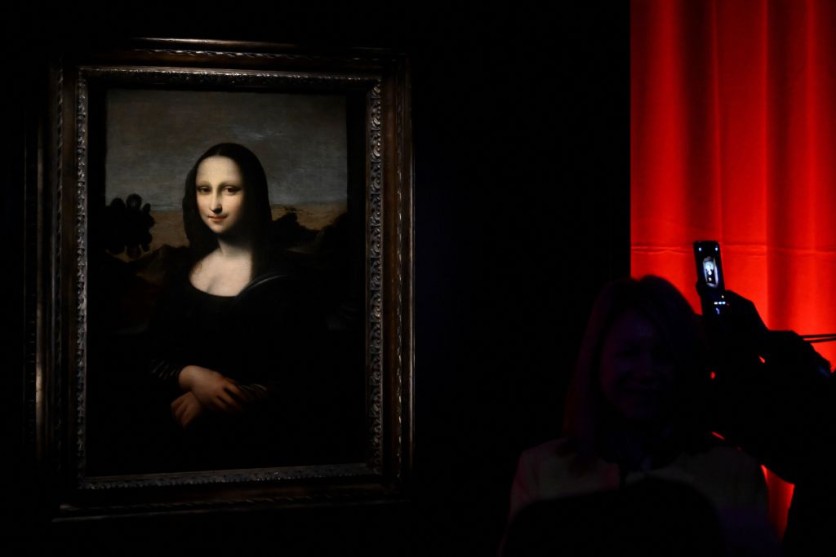Artificial intelligence (AI) is gaining prominence in UK heritage organizations, with nearly a quarter of them integrating AI tools into their operations, according to a recent survey commissioned by The National Lottery Heritage Fund (NLHF).
To delve into the growing influence of AI in heritage research, the NLHF enlisted the expertise of Dr. Mathilde Pavis from the University of Reading. Pavis conducted extensive research to explore the varied applications of AI in museums, galleries, libraries, and archives.
The study aimed to assist the heritage sector in navigating the challenges and opportunities presented by the AI revolution.

AI in Heritage Organizations
The survey identified several primary applications of AI in heritage organizations, including managing collections, enhancing the visitor experience, and supporting business activities.
Additionally, AI has been employed to generate novel ideas for marketing content, create transcripts of events, and add metadata tags to catalogs, facilitating easier online accessibility to collections.
However, Pavis's research also shed light on potential risks associated with the use of AI in heritage organizations. These risks include discrimination in AI's identification of individuals in images, copyright infringement when sourcing protected content, and the dissemination of misinformation through chatbots.
Addressing these concerns, Pavis proposed practical solutions. Arts organizations were advised to conduct thorough testing to identify and rectify any discrimination, inaccuracies, or transparency issues associated with AI.
Clear labeling and citation of AI-generated content before publication were recommended to ensure transparency. Furthermore, Pavis emphasized the importance of developing comprehensive policies around AI's ethical and responsible use.
"We are starting to see AI being used in several innovative and useful ways in museums, libraries and galleries. Many risks come with using AI, but as cultural leaders, heritage institutions are uniquely positioned to mold AI innovation. Realizing the technology's promise requires sector-wide collaboration on its challenges," Pavis said in a statement.
Heritage Funds' Recommendations
The Heritage Fund outlined two primary avenues through which UK heritage organizations can engage with AI. Organizations can opt for tailored AI systems that align with their specific needs and datasets, involving the adaptation of open-source AI systems or acquiring proprietary technology from third-party suppliers.
Collaboration with local universities and their researchers can be beneficial in preparing collections, as well as adapting and training open-source AI systems.
Heritage organizations can also utilize off-the-shelf AI tools produced by the private or third sector, available online or downloadable onto local computers or networks.
Examples include ChatGPT for generating human-like answers, Anniff for automatic generation of metadata tags, Transkribus for transcribing text from digital images, and Otter.ai for real-time transcription of conversations and meetings.
Before incorporating off-the-shelf or open-source AI tools, organizations are encouraged to verify that these tools were created using either rights-free content or with the necessary permissions.
Moreover, it is crucial to confirm that the terms of use presented by the tool's provider align with privacy and data management obligations.
Related Article : MIT Researchers Use Synthetic Imagery to Train Machine Learning Models

ⓒ 2025 TECHTIMES.com All rights reserved. Do not reproduce without permission.



